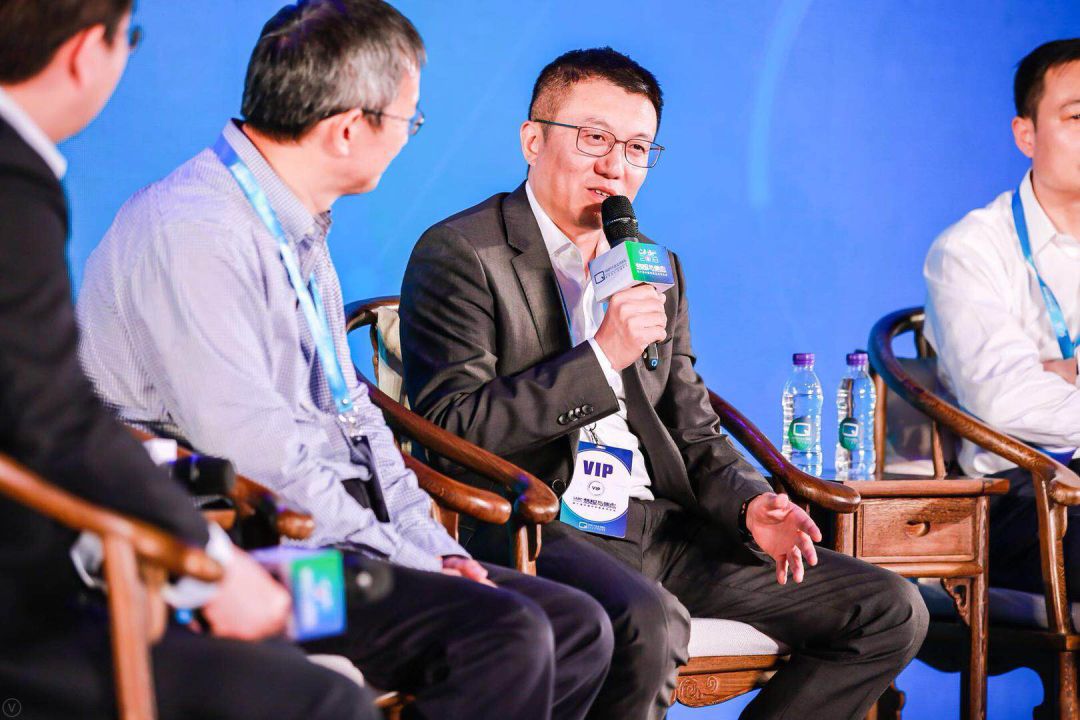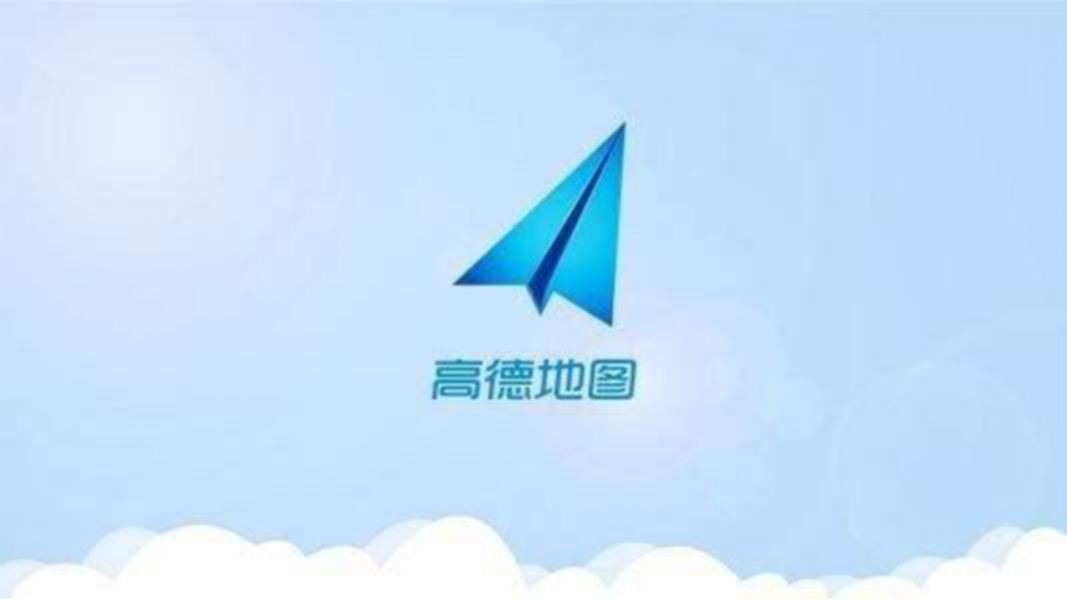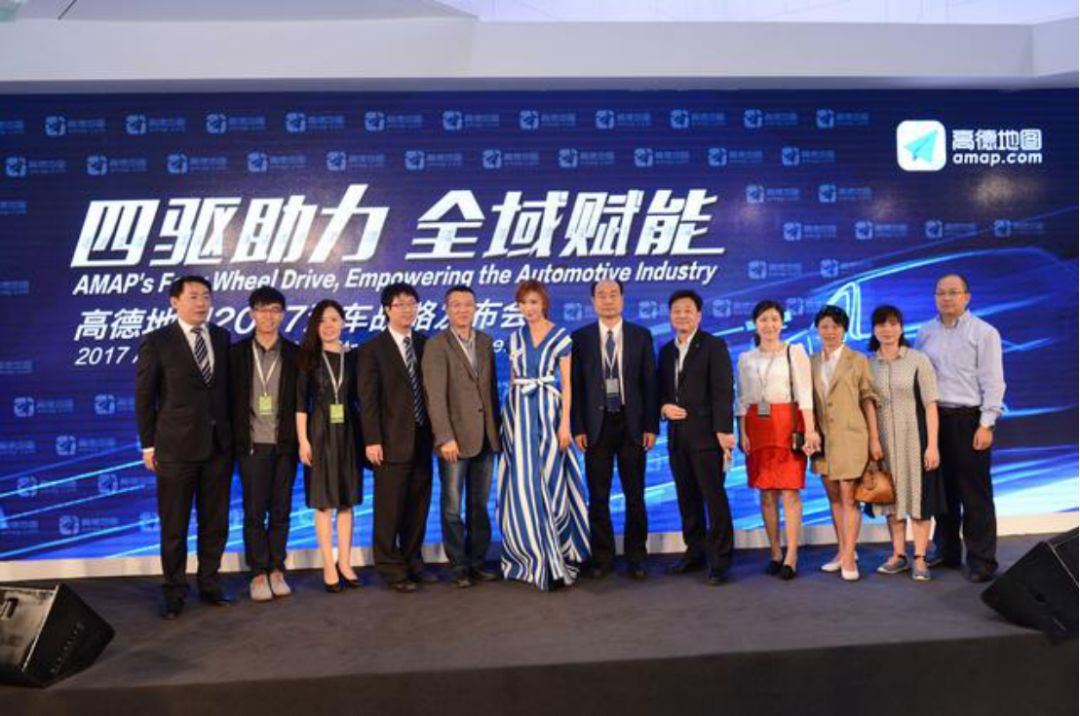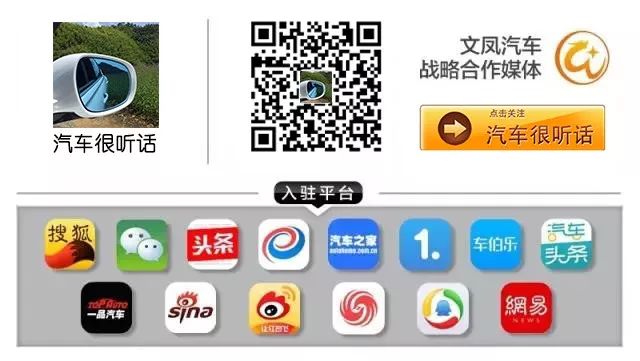Currently, intelligent connectivity has become an important trend in the automotive industry, and the connected vehicle sector is becoming increasingly popular, receiving high attention from various parties. However, for such an industry at the forefront, how can a healthy and mature ecosystem be established?
A Mature Ecosystem Should Have Clear Divisions of Labor
At the 10th China Automotive Blue Book Forum in 2018, Wei Dong, president of AutoNavi’s automotive division, provided his answer. According to Wei, the development of similar forms in any industry has certain reference value; the PC internet, mobile internet, and connected vehicles all follow a common logic: starting from user needs, different specialized companies collaborate by leveraging their respective advantages.

In Wei’s view, some companies in the current state of the connected vehicle industry have not fully found their positions; everyone feels they should do more or seize more opportunities. “(Some companies) are developing towards a direction of making profits or conducting transactions with users through information asymmetry, which is not a normal state.”
Regarding the development prospects of the connected vehicle industry, Wei believes that the ecosystem will gradually mature, with the biggest issue currently being time. It must go through sufficient competition, gradually defining industry divisions of labor, and maturing various conditions to achieve this.
From the perspective of Automotive Listening, the connected vehicle is a vast industry that has already formed a certain scale of the industrial chain, including vehicle manufacturers, service providers, telecommunications operators, system integrators, etc. No single company can control all aspects of this chain. As user demand for connected vehicles continues to rise, more and more companies want to board this ship and reap the benefits of industry development. However, fundamentally, the connected vehicle is about a network; it has strong internet attributes and currently appears to be in an open state, where anyone can join this trend. In fact, there is an objective natural selection mechanism that requires companies to possess internet thinking, a certain level of technical expertise, and service awareness, capable of effectively addressing user pain points. Only then can they become part of the connected vehicle ecosystem.
As a result, an increasing number of automotive companies have chosen to cooperate with internet companies, such as Geely, Changan, Venucia, and Jaguar Land Rover, which have all chosen to collaborate with AutoNavi’s vehicle version 3.0, among others. Of course, the involvement of internet companies also requires cooperation with traditional automotive manufacturers; although there may be disagreements during this process, cooperation should be the overarching trend. As long as each party does their part well, that is sufficient.
Focusing on Navigation and Travel Services, AutoNavi Becomes a Must-Choose Option for Automotive “New Four Modernizations”
Currently, concepts such as autonomous driving and connected vehicles are continuously hyped, while AutoNavi maintains a rare dedication, consistently focusing on travel, traffic, and location information services, striving to improve the user driving navigation experience. In Wei’s view, the services of connected vehicles are divided into two parts: one part serves users directly, while the other part is technical services aimed at vehicles, primarily B2B services, such as those related to autonomous driving and positioning technology issues. “In the connected vehicle industry, regardless of what you are doing, it ultimately needs to serve users, addressing their real needs, which are constantly evolving. We can only enhance our products and services through innovative technological capabilities. AutoNavi is quite simple; our understanding of our positioning in the connected vehicle ecosystem has not changed: we focus on making navigation and travel services the best and empowering our partners.”

In Wei’s view, if everyone develops in a highly specialized direction within their fields, then mutual influence and healthy growth will eventually form a healthy ecosystem.
At last year’s Shanghai Auto Show, AutoNavi launched a four-wheel drive strategy to provide comprehensive solutions for the automotive industry. This “four-wheel drive” mainly refers to connected vehicles, high-precision maps, traffic big data, and an open platform. Now, AutoNavi has already cooperated with many automotive companies, signing strategic partnerships with Jaguar Land Rover, Geely, Changan, Venucia, and others, becoming one of the must-choose partners for the new four modernizations of automotive companies.
By the end of 2017, the cumulative user base of AutoNavi’s vehicle version had surpassed 20 million, releasing 8 public versions and completing over 600 pre-installation and post-installation cooperation projects. Currently, in the pre-installation field, AutoNavi’s vehicle version has been adopted by over 200 models across more than 20 automotive brands; in the post-installation field, it has reached cooperation with nearly 120 manufacturers, becoming the standard navigation for nearly 400 post-installation vehicle mirror products.
It can be said that as user service becomes increasingly important, the involvement of internet companies is increasingly becoming a partner for automotive companies to jointly address user pain points, highlighting its significance.

In such a restless era, many companies chase after being big and comprehensive. However, AutoNavi stands out, pursuing more of a focus and professionalism, adept at division of labor and collaboration, jointly enhancing the development level of the industry with partners. Currently, navigation maps, especially online navigation maps, are the foundational services of connected vehicles, meeting the basic needs of users.
Currently, much discussion focuses on the so-called open or closed systems; however, in Wei’s view, openness and closure are not the core of connected vehicles. “For example, regarding openness, is iOS open or closed? Technically, it is indeed open, but its APP Store so-called ecosystem is closed. Android, although completely open-source, is gradually consolidating some management capabilities. Similarly, WeChat seems closed, but in reality, mini-programs and public accounts are open. Taobao and Tmall appear to be relatively closed e-commerce systems, but they are also open to sellers.” Wei said.
In the view of Automotive Listening, in the development process of connected vehicles, openness is a means, not an end. In the current connected vehicle industry, the most important thing is to serve users and meet their usage needs. The connected vehicle is a big cake, and its development relies on establishing a healthy and mature ecosystem, which requires necessary cooperation and division of labor, with professionals doing professional work to do things well, which is beneficial for the entire industry.
